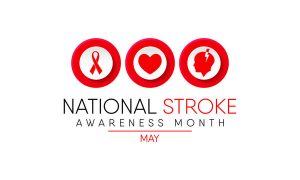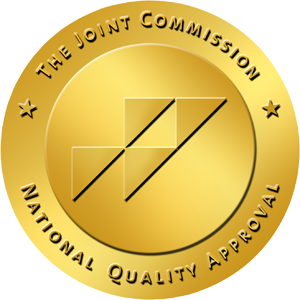Stroke: Risk Factors, Symptoms and Treatment
 Stroke is the fifth leading cause of death and a leading cause of disability in the United States, according to the American Stroke Association (ASA), a division of the American Heart Association. It affects the arteries that carry oxygen and nutrients leading to and within the brain. When that happens, part of the brain cannot get the blood and oxygen it needs, brain cells begin to die.
Stroke is the fifth leading cause of death and a leading cause of disability in the United States, according to the American Stroke Association (ASA), a division of the American Heart Association. It affects the arteries that carry oxygen and nutrients leading to and within the brain. When that happens, part of the brain cannot get the blood and oxygen it needs, brain cells begin to die.
Several factors determine the effects of a stroke, including the location of the obstruction and how much brain tissue is affected. The ASA indicates that because one side of the brain controls the opposite side of the body, a stroke affecting one side will result in neurological complications on the side of the body it affects. Temporary and permanent complications can include changes in behavioral style, memory loss, speech and language problems, paralysis on one side of the body and vision problems.
Risk factors you can control, treat and improve are:
- High blood pressure
- Smoking
- Diabetes
- Diet
- Physical inactivity
- Obesity
- High blood cholesterol
- Artery disease
- Heart rhythm disorder
- Sickle cell disease
Risk factors you cannot control:
- Age
- Family history
- Race
- Gender
- Prior stroke or heart attack
Anyone can have a stroke at any time, but not many people are aware of what a stroke is and how to recognize when it is happening. A stroke is a medical emergency, so quick treatment is critical. The ASA indicates that early action can minimize brain damage and potential complications. If you or someone you know has any symptoms of a stroke such as paralysis or numbness on the face, arm or leg; impaired vision; sudden and severe headache; and trouble walking – think “FAST”:
- Ask the person to smile. Does one side of the face droop?
- Ask the person to raise both arms. Does one arm drift downward? Or is one arm unable to be raised?
- Ask the person to repeat a simple phrase. Is his or her speech slurred or strange?
- If you observe any of these signs, call 911 immediately.
Stroke is preventable and treatable. You can help prevent stroke by making healthy choices and controlling any health conditions you may have, according to the Centers for Disease Control and Prevention (CDC). Healthy lifestyle choices include healthy diet, healthy weight, physical activity, no smoking and limited alcohol. Steps to lower your risk for stroke include checking your cholesterol levels, controlling blood pressure and diabetes, treating heart disease, taking your medicine and working with your health care team.
Carmichael’s Retail Pharmacy offers medications, medical equipment, products and services for patients to treat high blood pressure, diabetes and other contributing factors to stroke. Contact or visit our location in Crowley for assistance.




 Accredited/Certified by The Joint Commission
Accredited/Certified by The Joint Commission